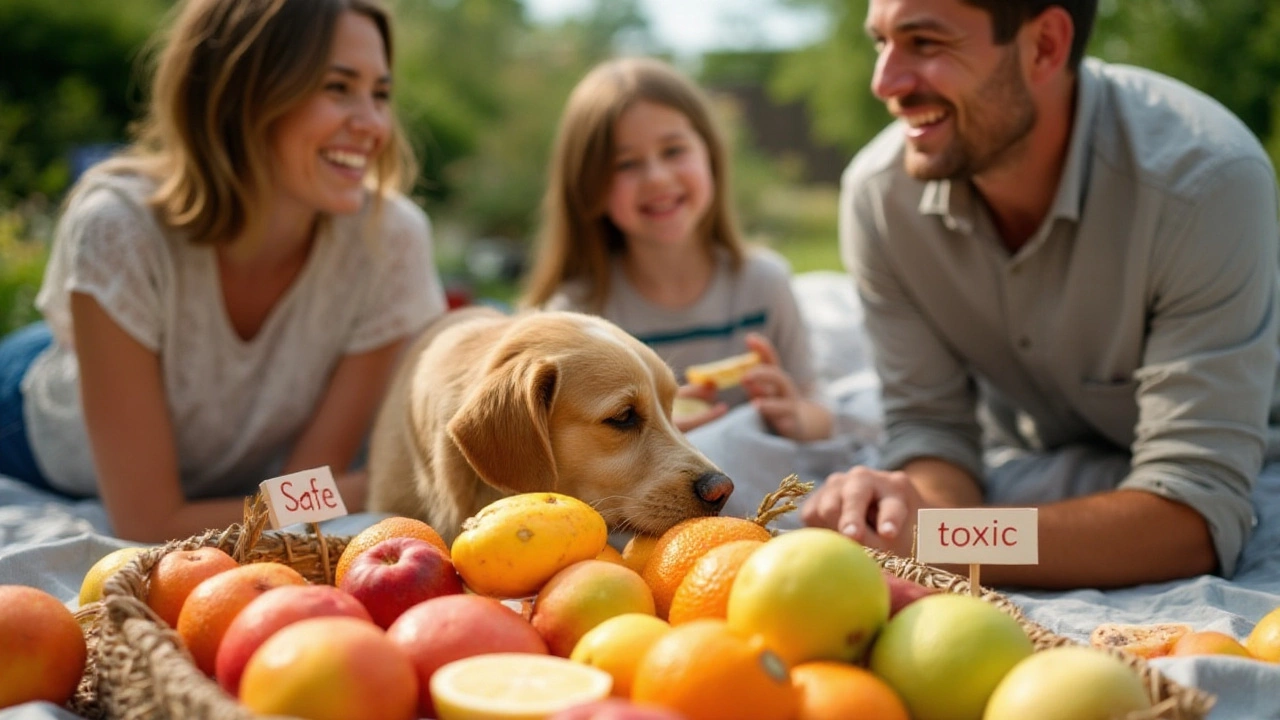Dogs and Fruit: What’s Safe, Why It Helps, and How to Serve
Ever wonder if you can share that juicy apple or sweet banana with your dog? The answer is yes – but only when you choose the right fruit and give it the right way. Below you’ll find the basics on safe fruits, why they’re good for dogs, and easy tips to add them to your pup’s diet without any drama.
Safe Fruits for Dogs
Most fresh fruits are low in calories and packed with vitamins, fibre and antioxidants. Here are the top‑rated options that most vets approve:
- Apples – Slice thin, remove the core and seeds. The flesh gives vitamin C and fibre.
- Bananas – Soft and easy to mash. A good source of potassium, but keep portions small because they’re sugary.
- Blueberries – Tiny, antioxidant‑rich bite‑size snacks. No prep needed.
- Watermelon – Seedless and rind‑free pieces are refreshing on hot days. Watch the sugar if you feed a lot.
- Pear – Like apples, just ditch the core and seeds. Good fibre and vitamin C.
- Strawberries – Cut into quarters. They have fibre and vitamin C, and the smell often makes dogs smile.
These fruits are generally safe for most adult dogs. Puppies, senior dogs or pets with specific health issues (like diabetes) should get smaller portions and a vet’s OK first.
How to Serve Fruit Correctly
Even safe fruit can cause trouble if you ignore a few simple rules. Follow these steps to keep things smooth:
- Wash thoroughly. Pesticide residue can irritate a dog’s stomach.
- Remove seeds, pits and cores. They may contain cyanide compounds or cause choking.
- Cut into bite‑size pieces. Small chunks are easier to chew and digest.
- Limit quantity. A few pieces (no more than a handful per day) are enough to add nutrition without adding excess sugar.
- Introduce slowly. Start with a tiny piece and watch for any tummy upset or itching.
If you notice vomiting, diarrhea or a rash, stop the fruit immediately and call your vet. Some dogs are just sensitive to certain sugars.
When you want a treat that’s both tasty and nutritious, try mixing fruit with a protein base. For example, mash a banana with a spoonful of plain Greek yoghurt for a creamy snack, or blend blueberries into a frozen dog‑safe ice pop. Just keep added sugars or artificial sweeteners out of the recipe.
Our own line at Galloway Gourmet Dog Treats includes fruit‑infused treats made with real apples and blueberries, baked to a crunchy finish. They’re portion‑controlled and free from added sugars, so you get the benefits of fruit without the guesswork.
Remember, fruit is a supplement, not a meal replacement. Dogs still need balanced protein, fats and minerals from their regular food. Use fruit as a occasional reward or a way to add extra hydration on warm days.
Got a favorite fruit your dog seems to love? Try the safe steps above, keep an eye on their reaction, and enjoy the extra tail wags that come with a tasty, healthy snack.

Fruits You Should Avoid Feeding Your Dog
Dogs can eat a variety of fruits, but some are dangerous for their health. This article highlights the fruits that are toxic to dogs and explains the reasons behind their harmful effects. It offers pet owners valuable knowledge on how to recognize these fruits and why they should be cautious. Understanding which fruits to avoid will help ensure your furry friend stays safe and healthy.
View more